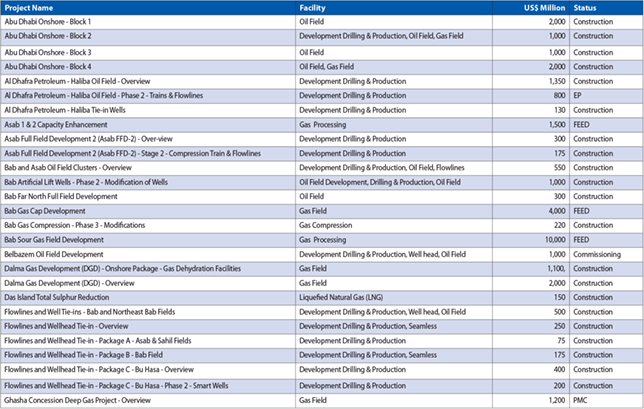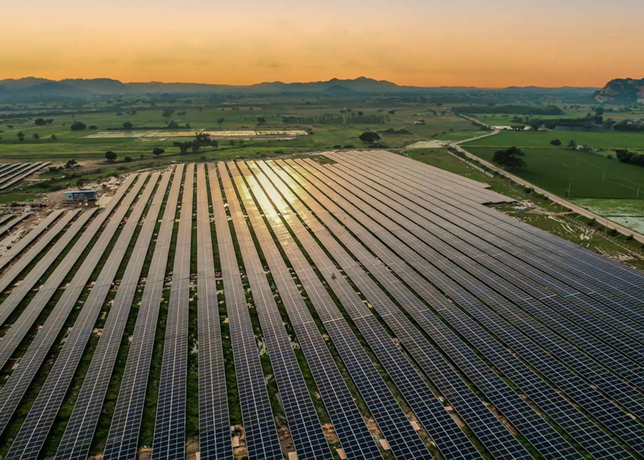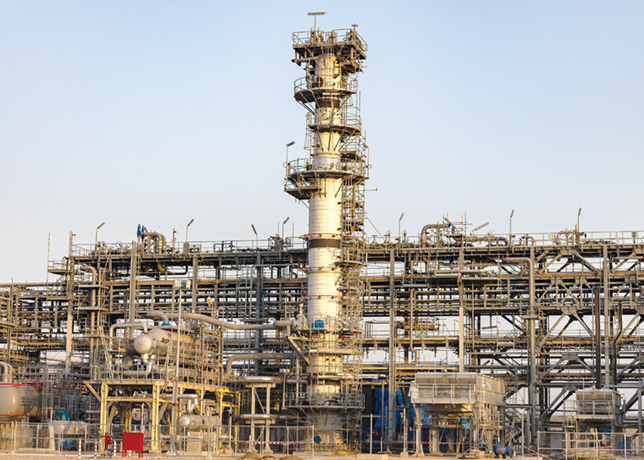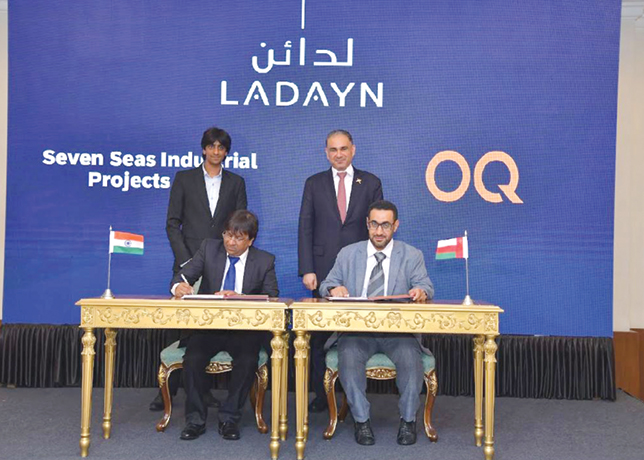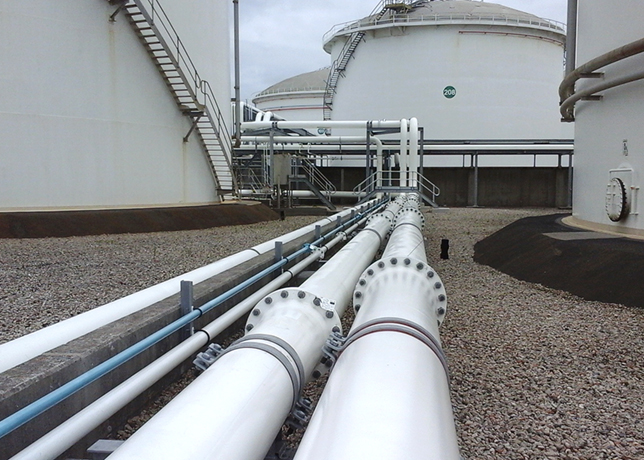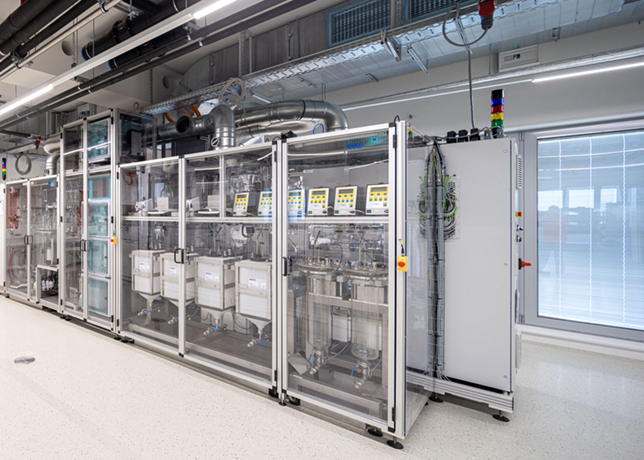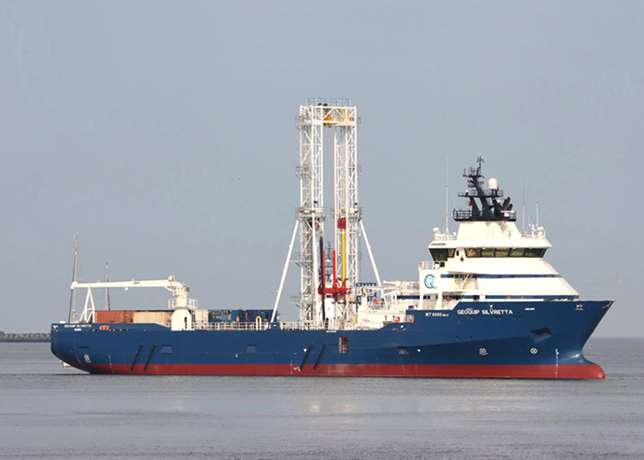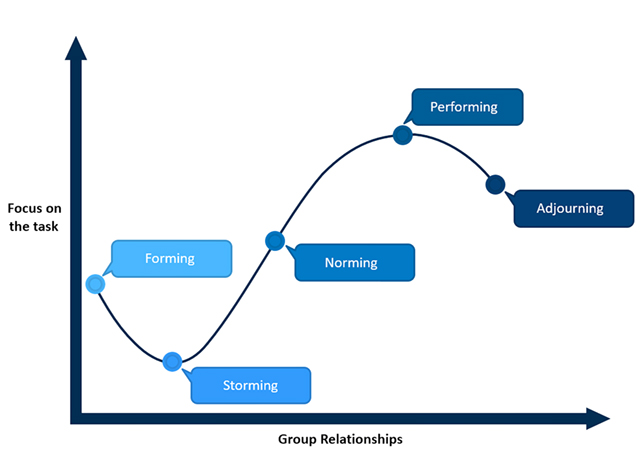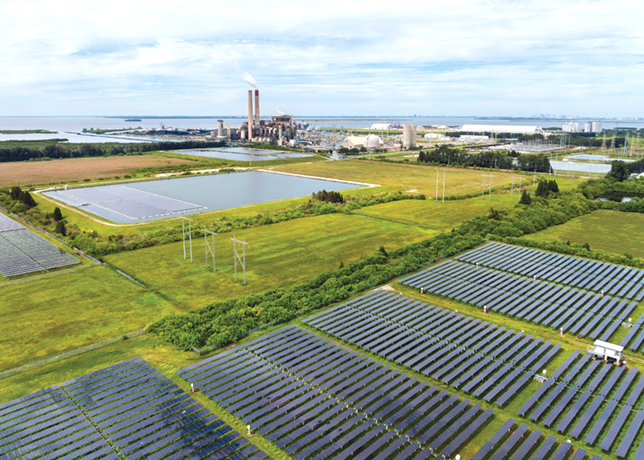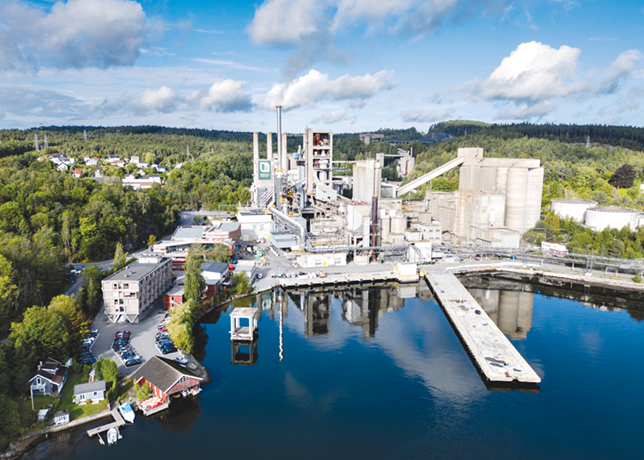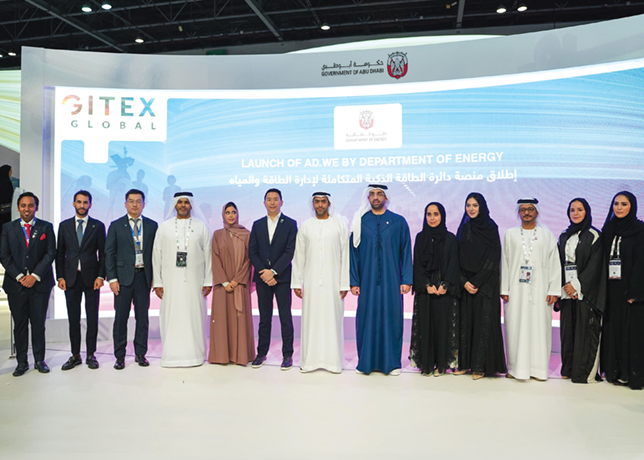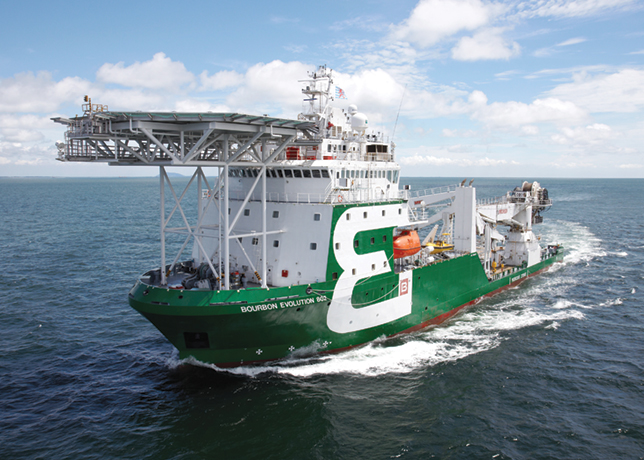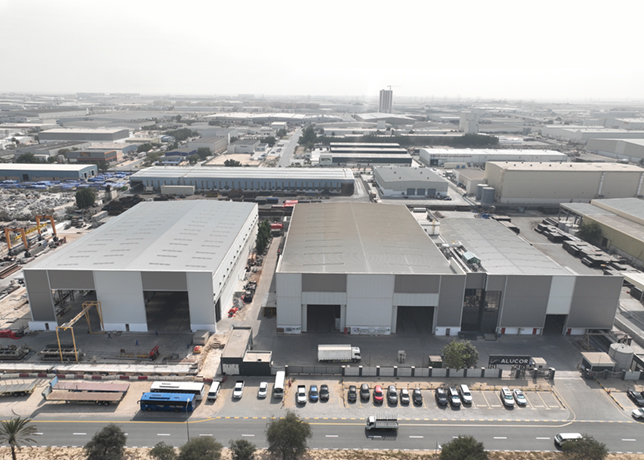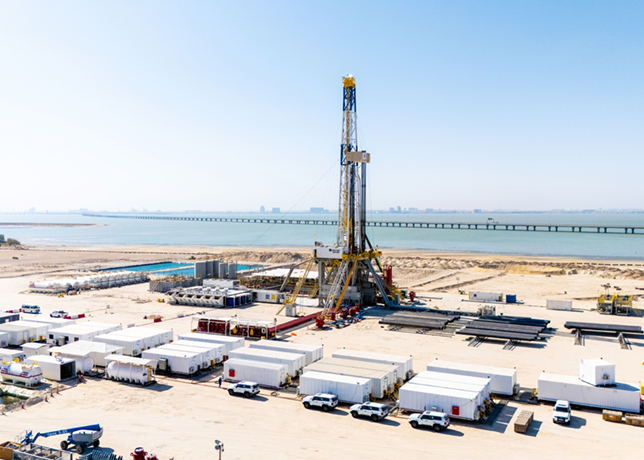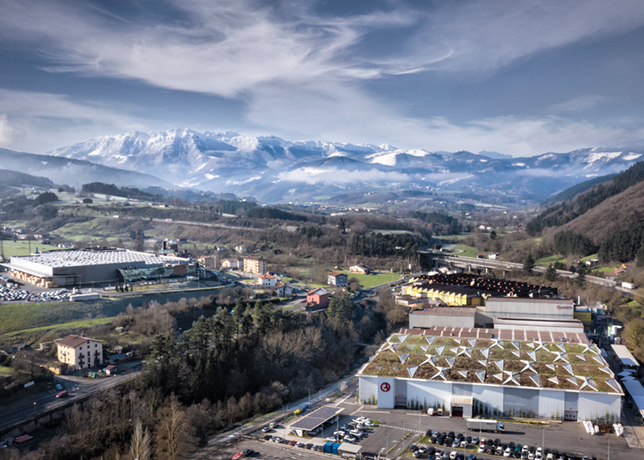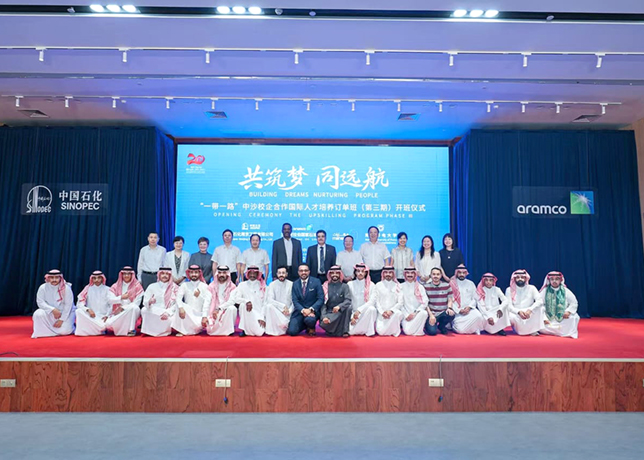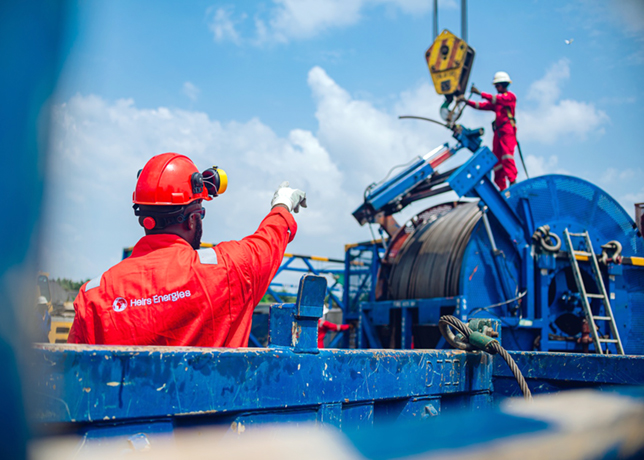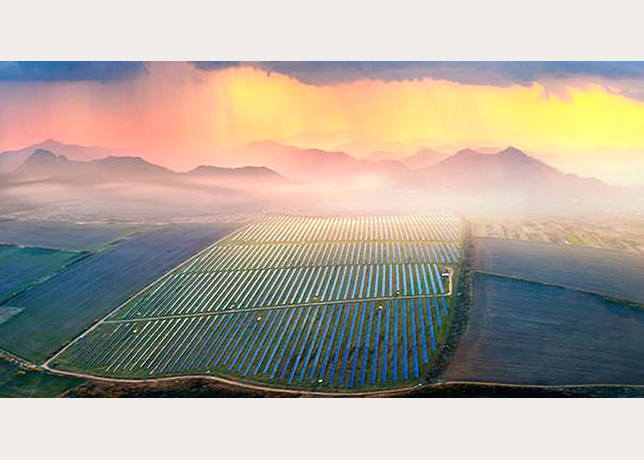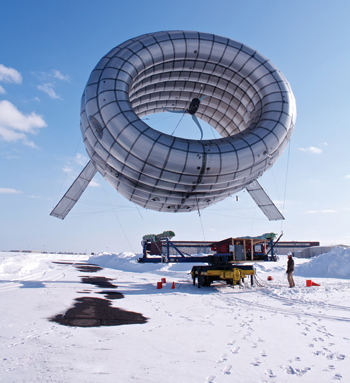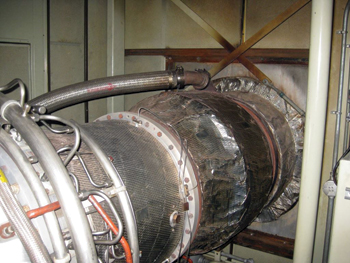
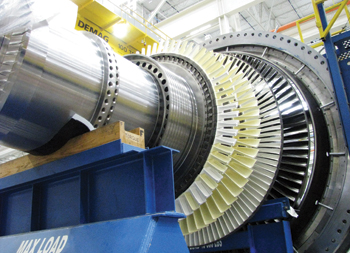 Siemens gas turbine SGT6-5000F ... the first gas turbine shipped from its facility in Charlotte
Siemens gas turbine SGT6-5000F ... the first gas turbine shipped from its facility in Charlotte
GLOBAL gas and steam turbine market earned revenues of $32.51 billion in 2013 and it is estimated to reach $43.49 billion in 2020, says a new analysis from Frost & Sullivan.
The global gas turbine market has been on the upswing due to the rising replacement of ageing coal plants with modern gas-fired power stations as well as the growing availability and usage of natural gas in power generation.
Market participants are also feeling optimistic due to the expansion of the global oil and gas industry, and the need for more flexible generating assets, owing to greater renewable energy generation.
Similarly, the global steam turbine market is experiencing a surge in demand due to the large coal-fired capacity additions in emerging markets such as China and India.
Furthermore, the increase in the number of combined-cycle gas turbines (CCGT) plants, expansion of nuclear power, and upgrading of coal plants with supercritical and ultra-supercritical technology have all opened up the market for steam turbines.
“Although the current profitability of gas-fired generation is low in regions such as Europe, gas turbines will be the technology of choice for future capacity additions,” says Frost & Sullivan industry director Harald Thaler. Gas turbines will also benefit from increasingly stringent emissions legislation and roll out of emissions trading schemes in emerging markets, as they curtail the growth of steam turbines.
The rapid expansion of renewable energy has created uncertainties regarding the future of carbon markets, which, in turn, has affected the outlook for conventional generation. In this scenario, gas turbine manufacturers are focusing on the small- and medium-sized gas turbine output ranges to leverage the high demand for flexible generating units.
Likewise, small- and medium-sized steam turbine output ranges are forecast to outstrip the larger ranges due to a higher number of industrial applications, especially in the expanding oil and gas industry. Smaller units are also expected to have better financing prospects.
The steam turbine market is expected to experience significant consolidation over the decade because of the presence of a large number of manufacturers and the growing internationalisation of Chinese OEMs, notes Thaler. Comparatively, the gas turbine market will see limited acquisition activity beyond the recent Siemens-Alstom merger.
China is expected to become the leading gas turbine region as the position of the Middle East, hitherto the undisputed leader, declines gradually. China is aggressively promoting gas turbine plants in a bid to reduce dependence on coal plants and promote fuel diversification.
With regards to steam turbines, while China’s share of this market is forecast to decline over time albeit remaining in a dominant position, India’s share will expand upon resolving coal shortage issues. Southeast Asia will also grow strongly as it looks to coal to reduce gas dependence. The European market, on the other hand, will remain weak amid uncertainty over future power demand growth and financially troubled utilities.
Meanwhile, technology developments will drive the global turbines market, says a new report by Global Industry Analysts (GIA).
Global market for turbines is forecast to reach 271.2 Gigawatts by 2020 in terms of annual capacity additions, driven by increasing focus on renewable energy, spiraling demand for electricity and technology developments.
Escalating demand for power, continuous changes in energy policies across the world, and rapid technology developments in the power generation equipment sector represent primary growth drivers in the global turbines market, according to a research report titled “Turbines: A Global Strategic Business Report”.
Renewable energy is witnessing increased investments in the global power generation industry in sync with the rising awareness about environmental hazards inflicted by natural gas and fossil fuels.
Wind power is projected to overshadow all other forms of alternative sources of energies with its cheap installation costs, ubiquitous availability of wind, and low power cost. Global cumulative capacity of wind power is expected to double by 2020, offering significant potential for market growth in the coming years.
 |
Technology developments will drive the global turbines market |
Major factors driving demand for wind turbines include increasing energy demand, favourable governmental policies and uncertain prices as well as supply of power from traditional sources.
Lower capital costs of small wind turbines are making them increasingly popular. Additionally, their compact size, less noise and light weight make them ideal for functioning in locations with light winds.
Growth in the steam turbines market is driven by long term demand for power and its diverse application in coal, combined cycle gas turbine (CCGT), and nuclear power plants.
Primary growth drivers in the gas turbines market include reduction in natural gas prices, low costs of gas turbines, higher efficiency in energy conversion, and its relatively faster installation in comparison to other turbines.
Gas-based power generation can achieve 60 per cent conversion efficiency compared to fuel-to-power efficiency rate of 45 per cent for coal-based power generation. The ongoing shale gas boom in the US is also expected to offer lucrative growth opportunities in the gas turbines market in the coming years.
The strong focus on cost reduction, efficiency enhancement and emission control is driving technology advancements in the market.
High flying wind turbines, blade-free wind turbines, and solar-powered wind turbines represent few of the many innovations that are poised to benefit the market in the near term.
3D printing techniques that use fine layers of materials for creating 3D shapes with unparalleled precision holds immense potential to revolutionise gas turbines manufacturing.
As stated by the new market research report on turbines, Asia-Pacific represents the largest and the fastest growing market worldwide with a projected CAGR of 10.8 per cent over the analysis period.
Rapid industrialisation, burgeoning population, steady economic development, government infrastructure development programmes along with liberalisation and privatisation of the electricity sector in major countries such as China and India represent key growth drivers in the region.
Major players covered in the report include ABB, Alstom, Ansaldo Energia, Bharat Heavy Electricals Limited, Caterpillar, Dongfang Electric Corporation, Enercon, Gamesa, GE Energy, Goldwind Science & Technology Co, Harbin Turbine Co, JFE Holdings, Mitsubishi Heavy Industries, Nordex Aktiengesellschaft, Rolls Royce Group, Shanghai Electric Group Co, Siemens, Suzlon Energy Limited and Vestas Wind Systems, among others.



